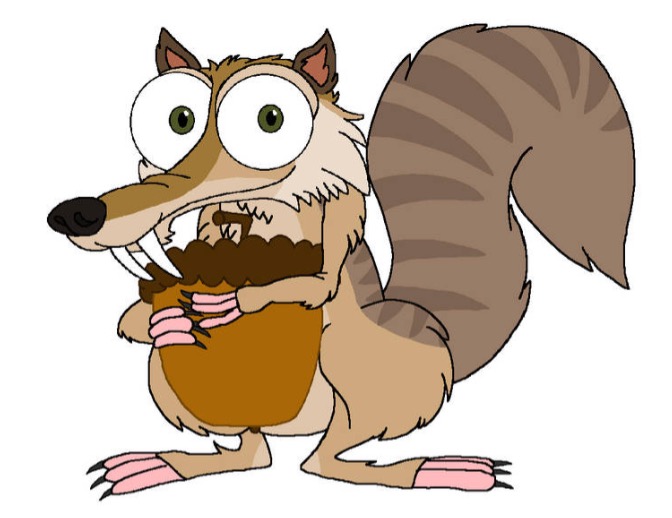

Darwinian Theory
Evolutionary theories began emerging in the 1800’s as new discoveries reformed existing knowledge concerning the mechanisms of biological development
-
Previously, the dominant paradigm had described the ‘fixity’ of species – immutable and unchanging (man was always man)
-
Early theories of evolution were proposed by Jean Baptiste Lamarck (1801) and Charles Darwin (1859)
Lamarck
-
Lamarck proposed that species changed over time as a consequence of the habitual use or disuse of a particular feature
-
Excessive use would cause a feature to develop, while continued disuse would cause it to atrophy (similar to muscle growth)
-
Lamarck believed that these modified features could be passed on to successive generations, changing the species over time
-
Lamarck’s theory was flawed because traits must be heritable for evolution to occur – cutting the tail off a rat does not produce tail-less offspring
Darwin
-
Darwin proposed an alternative theory whereby characteristics are not acquired but are instead selected by the environment
-
He noted that although populations have the capacity to grow uncontrollably, limiting natural factors will restrict this growth
-
Organisms which possess traits better suited to conditions would have an adaptive advantage and be more likely to reproduce
-
These traits would hence become more common within the population and the species would gradually change over time
Lamarck’s theory was flawed because traits must be heritable for evolution to occur – cutting the tail off a rat does not produce tail-less offspring
-
Darwin’s theory replaced Lamarckism, representing a paradigm shift in the scientific understanding of evolution at the time
Theories of Evolution
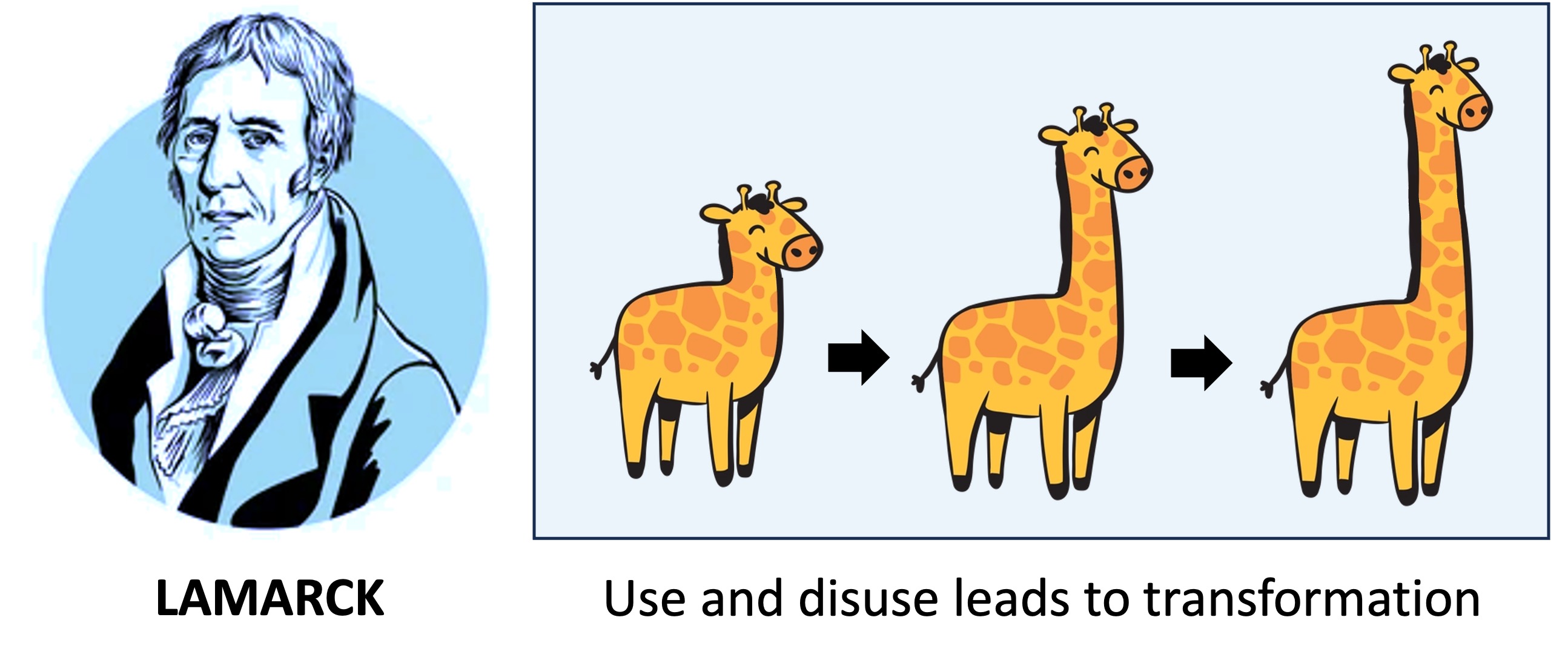
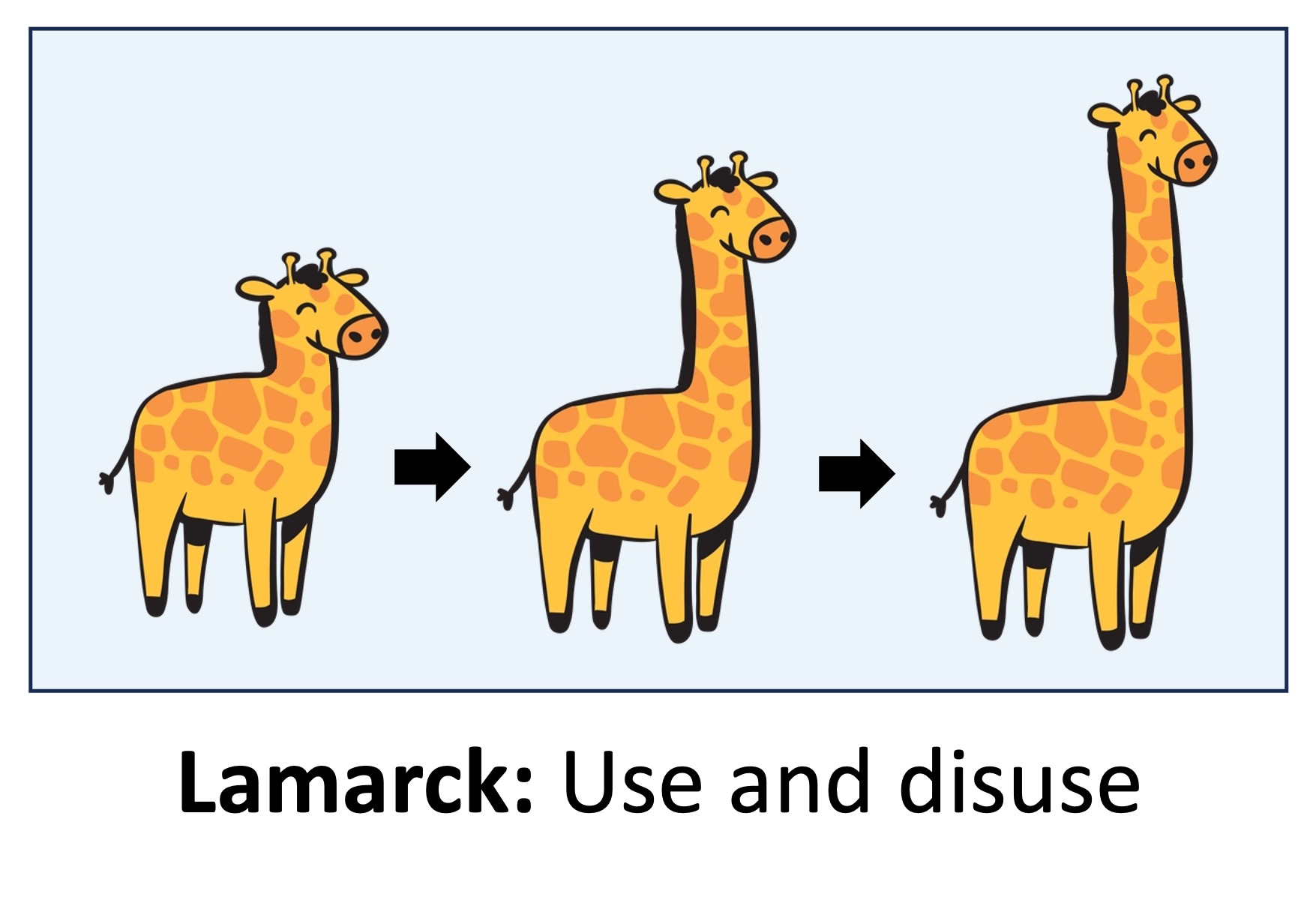
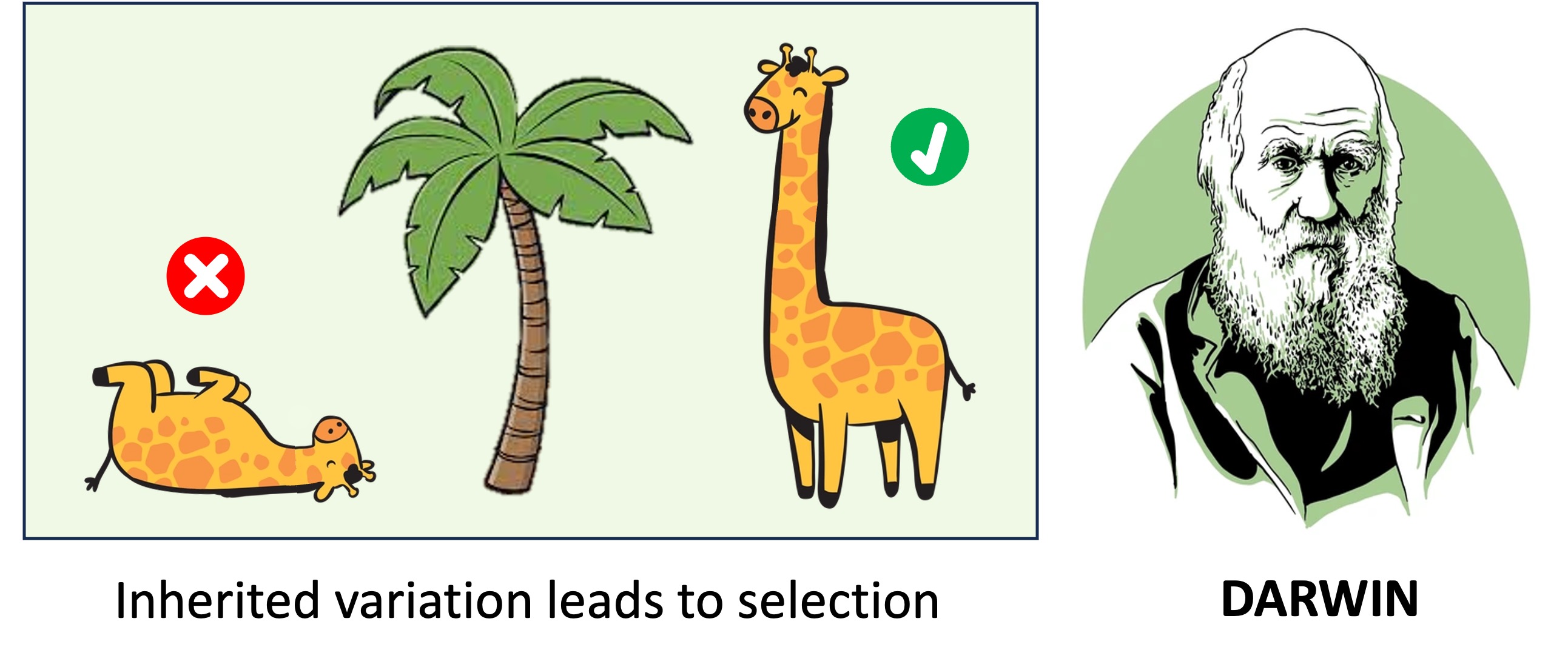
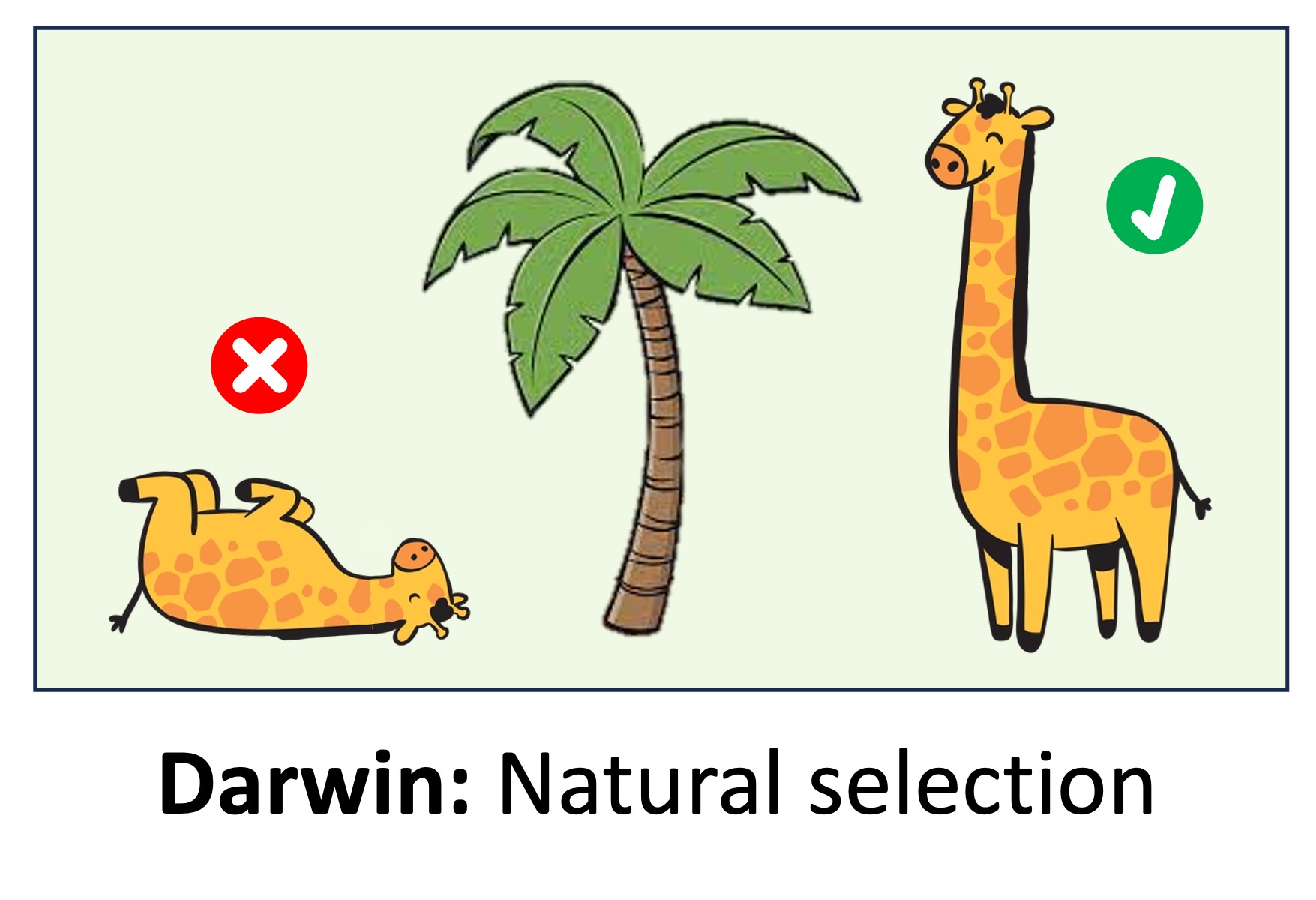
Natural Selection
The theory posited by Charles Darwin was called natural selection – whereby the environment influences the frequency of characteristics (i.e. ‘survival of the fittest’)
-
According to this theory, it is not necessarily the strongest or most intelligent that survives, but the ones most responsive to environmental conditions
The process of natural selection requires a number of conditions:
-
Inheritable variation must exist within a given population
-
Competition between individuals results in a struggle for survival
-
Environmental pressures lead to different rates of reproduction
-
Adaptations that benefit successful reproduction are selected for
-
Genotype frequencies change across successive generations
-
Evolution occurs (there is a change in the frequency of alleles)
